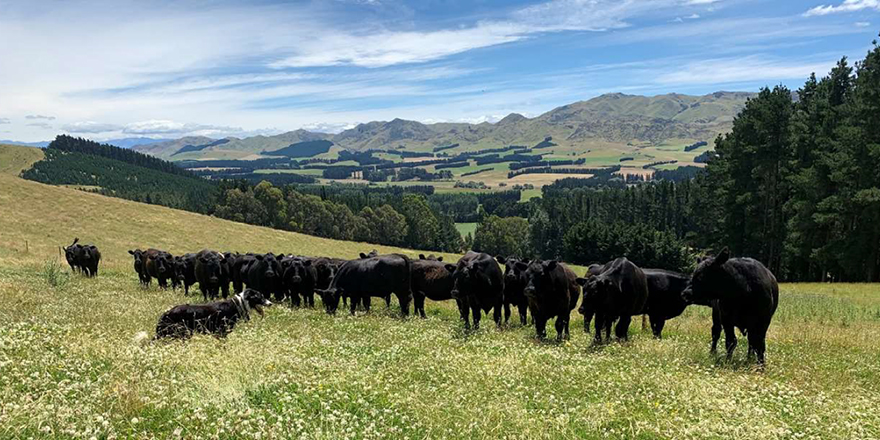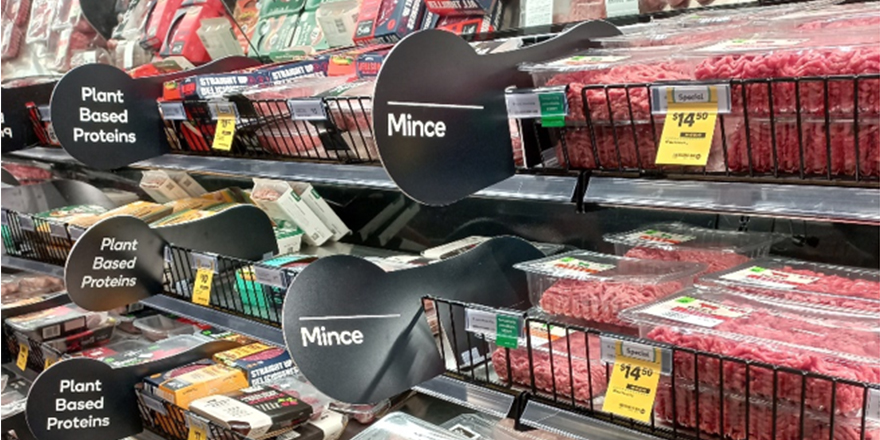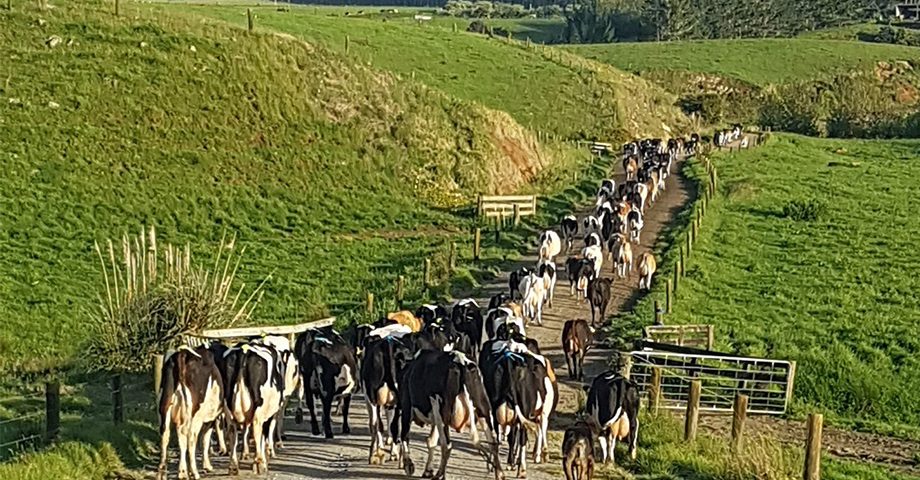Executive Summary
With continued growth in the organic sector all over the world, and the increasing restrictions on new and existing agrichemicals, the direction towards future proofing vineyards, environmental stewardship and increasing quality go hand in hand with organic production principles. These have all been implemented on the vineyard covered in this study.
Cropping data was available for total yield of each individual block and yield per hectare, from 2003 to 2017. A reduction in yield is one of the most concerning factors for growers wishing to convert to organic production, however there was no decrease in yield on the vineyards studied. The main reason for there being no decrease is that the focus on quality, from conventional to organic management, has not changed. Quality is distinctly influenced by crop load, so crop thinning is carried out in years where there is excessive crop, either by shoot thinning early in the season or bunch thinning later in the season. This has happened in every season covered in this study.
Soil data analysis for some parameters was available from 2002 to 2017, where other parameters data was only available from 2008. Analysis of the biological parameters was not undertaken. There was no change in the pH or the Bulk density over the study period, however increasing trends were observed in the CEC and Organic Matter values, starting from around the time of conversion to organic management. One of the most interesting results was the increasing trend in available K from around the time of conversion, even though no K fertilizers have been applied. Potassium can be a major limiting factor in ripening of grapes later in the season, so this increase is very encouraging. Increasing trends have also been shown in Fe, Mn, Zn, Cu and B, though the data for these results were only available from 2008, one year before the conversion to organic management.
Plant tissue analysis data was consistently available from 2007 to 2017 and shows a definite decreasing trend for petiole Nitrate-N, right down to unreportable levels. This is directly related to the pale green leaves seen across most organic vineyards. However, the pale green leaves and the reduced canopy size has had no effect on the ability of the grape vine to fully ripen the crop retained by the management. Even with the decrease in petiole Nitrate-N, the total nitrogen percentage within the leaf blade remains constant. Increasing trends have been shown in the trace elements Fe, Mn, Zn, Cu and B though results are only from 2008 to 2017.
One of the key out comes from this study does not directly relate to the analysis of the data collected, but comes from the lessons learnt on the journey through conversion to organic management. Many of the techniques used for combating weeds and pests can be used, and have been used, in the areas of the vineyard that are still considered to be under conventional management, which is a major positive outcome for environmental stewardship.




